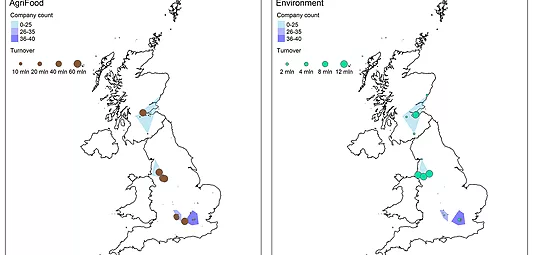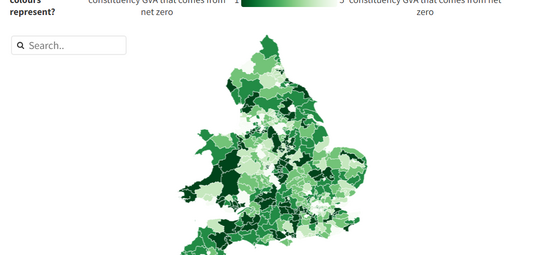From the original Matrix in 1999 to Free Guy in 2022, Sci Fi movies have always played with the idea of the Metaverse. But over the last few decades, the idea of the Metaverse has gained momentum, with immense interest and popularity among the tech giants.
What is the Metaverse?
The Metaverse is defined as a combination of technologies such as augmented reality and virtual reality, creating a virtual world of existence outside our own. It’s an independent virtual economy that is collaborative in using the power of immersive technology, allowing its visitors to buy merch for online avatars and even use Non-Fungible Tokens (NFTs) to attend concerts in a virtual space.
The development and adaptation of computer-generated reality has been spread across various sectors and garnering increasing attention from investors over the past few years – as early as 2013. But how do we go about measuring the Metaverse industry and its growth?
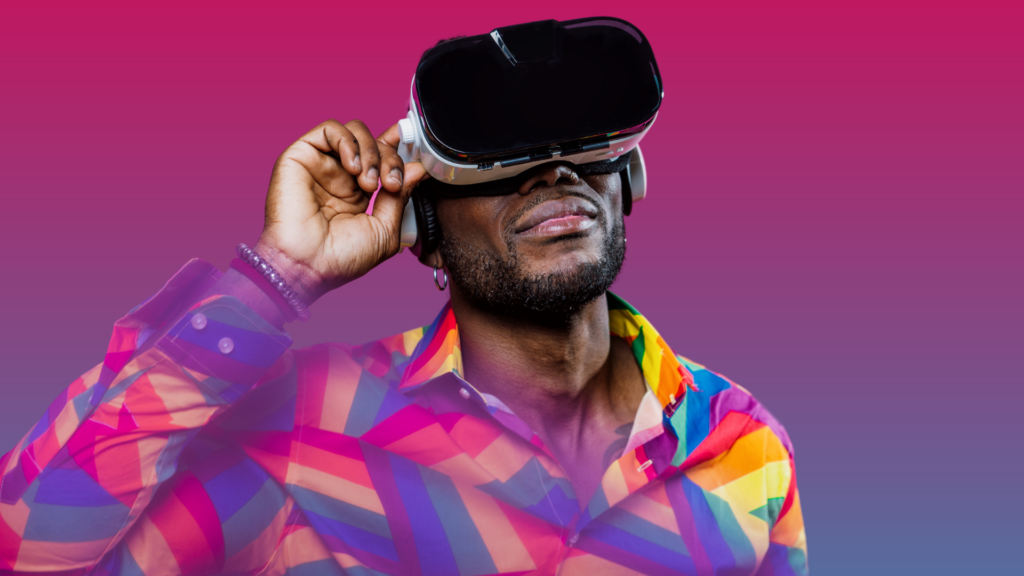
Understanding the size of the Metaverse ecosystem, and the companies within it, can be a difficult task using the standard classification methods available to us. Standard Industrial Classification (SIC) codes, whilst a system commonly used to identify sectors within the UK, are outdated and inaccurate (see our article on why). That’s where Real-Time Industrial Classifications (RTICs) come in – The Data City’s answer to the SIC code problem.
To understand the uniqueness of this sector we partnered with the experts from KTN and defined the various sectors within this immersive space as an RTIC. The Immersive Technology RTIC was developed using a machine learning process of understanding the language pattern of the companies in this sector. Using the taxonomy developed by the KTN, we classified the Metaverse as an industry vertical (sub sector) within the RTIC.
What is a Metaverse Company?
Using our machine learning classification, we identified 134 companies to be actively supporting and building the Metaverse economy.
These companies on an average have a turnover of £40M and an average workforce of 980 employees. The companies operating in this sector are involved in various activities such as development of the Metaverse platform and providing tools to support the functioning of the sector. It also involves companies that make use of the Metaverse to provide services such as marketing, entertainment, and fashion.
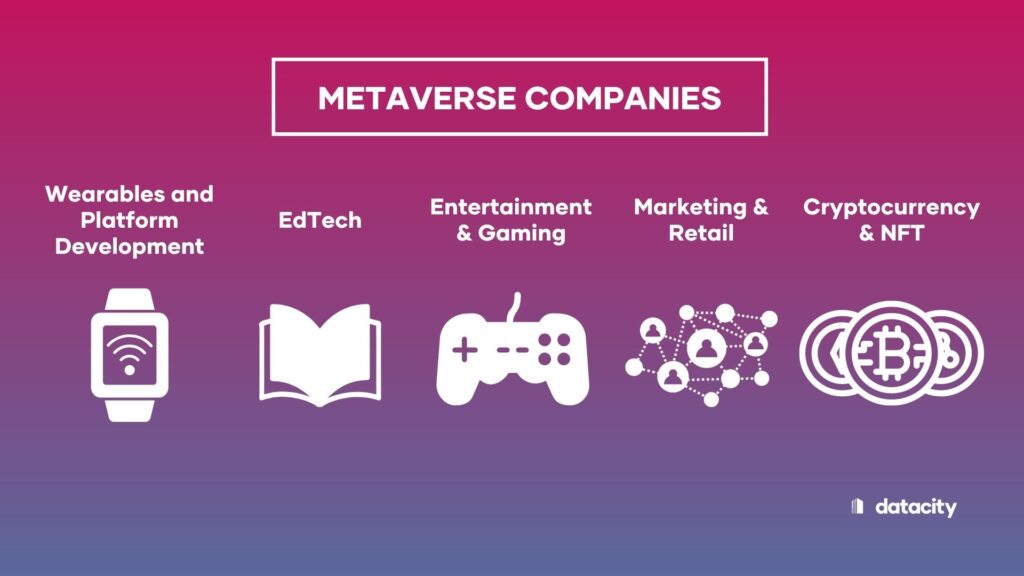
Investment in Metaverse companies
The Metaverse is a new sector and since 2018 there has been a substantial growth in the number of companies in this field, with 2021 in particular seeing a big increase in companies.
Over the period of 2012-2022, companies have grown at a rate of 893%, which is the highest among the immersive economy space. And this growth is supported by the investment in these sectors. Our platform provides data insights from Dealroom, Innovate UK and 360 Giving, which help us in understanding the support and R&D background of these 134 companies.
Since 2013, Innovate UK has been supporting businesses in the development of Metaverse space. The figure provides an insight on the grant funding the Metaverse companies have received over the years.
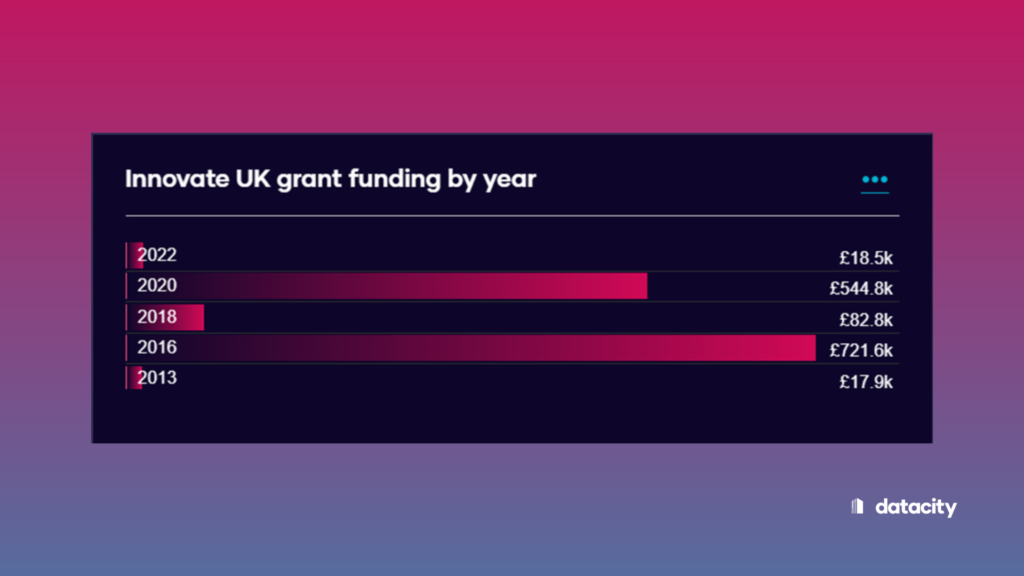
It is important to note that companies receiving grants and private funding have been actively involved in supporting the Metaverse development through creation and production of wearables and devices. We can infer that investors are keen in supporting businesses that aid the development of the Metaverse sector.
Access to Metaverse
With increased attention from investors, companies have started to develop virtual venues like Decentraland and Touch Cast, where events and showcases often take place. To avail these services, it is important to invest in blockchain assets such as NFT – the services provided by the Metaverse are only monetised using decentralised currencies. Companies like Mobiloitte work on developing not just NFT’s but also a marketplace to trade these assets. We can infer that the Metaverse sector is supported by the development of blockchain assets.
The best part about RTIC’s is that it also allows us to understand the relationship and relatedness between these sectors and help in understanding the supply chain.
Wrapping up the Metaverse
The Metaverse, as movies have described, has managed to grab the attention of people as well as the investors. From our work we can understand that the sector highlights high growth potential and is something to watch out for over the years.
If you want to know more about companies in our Immersive Technology RTIC feel free to get in touch today.

